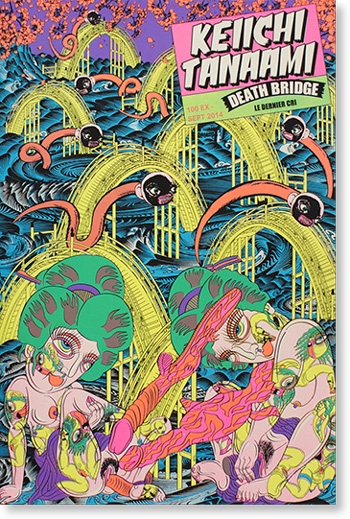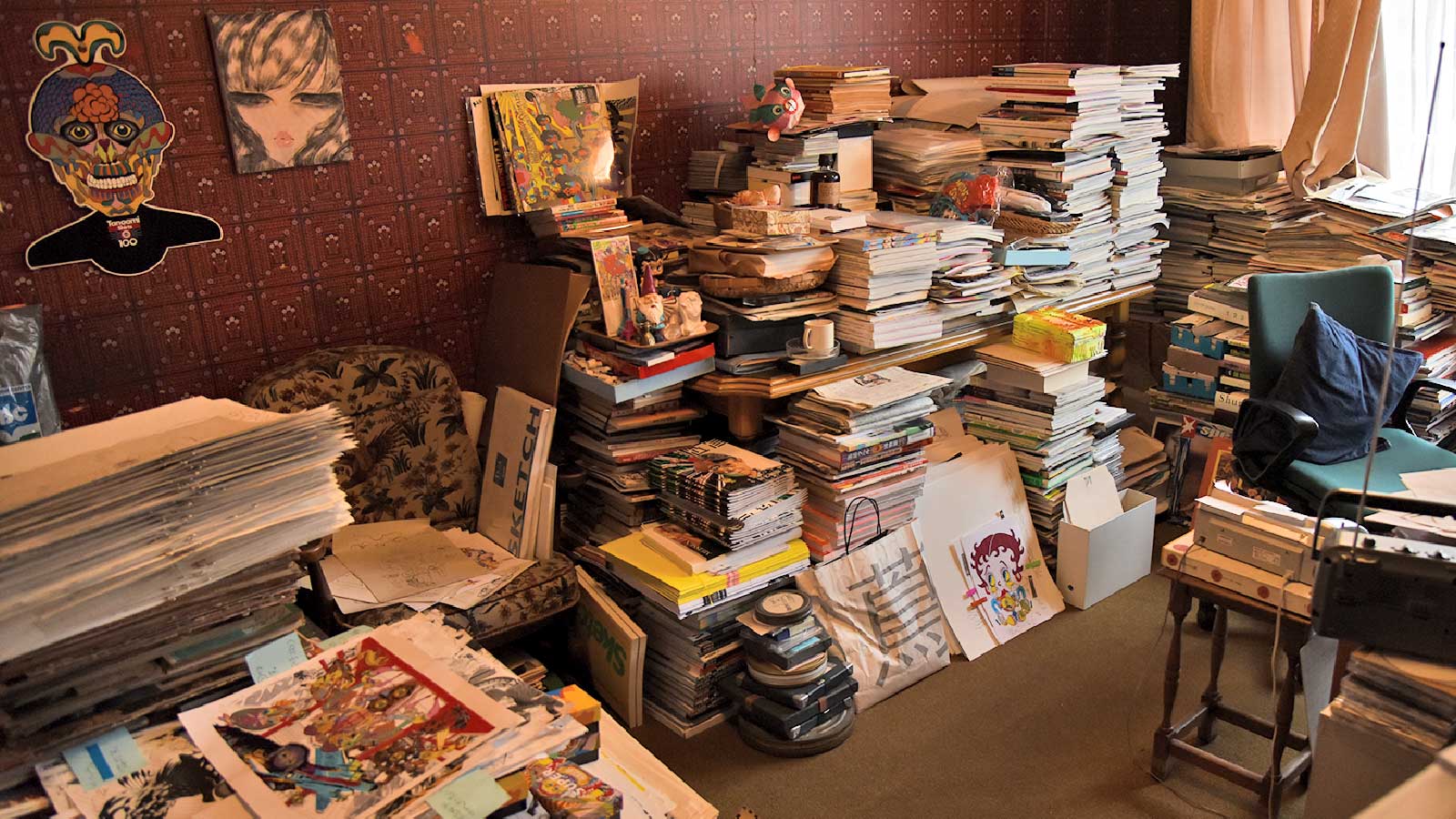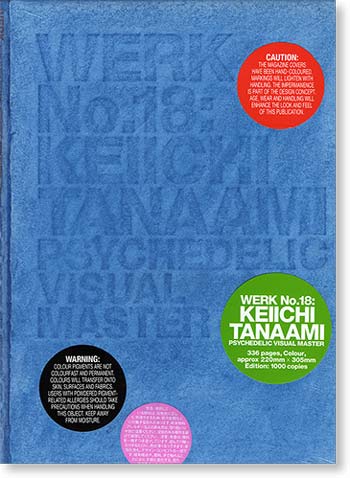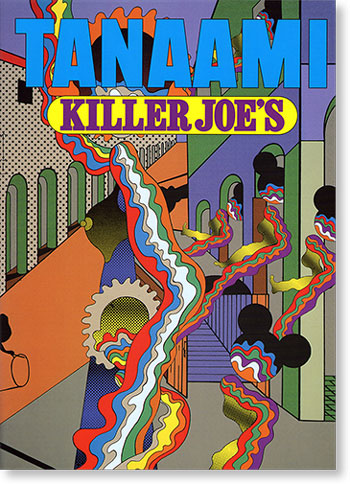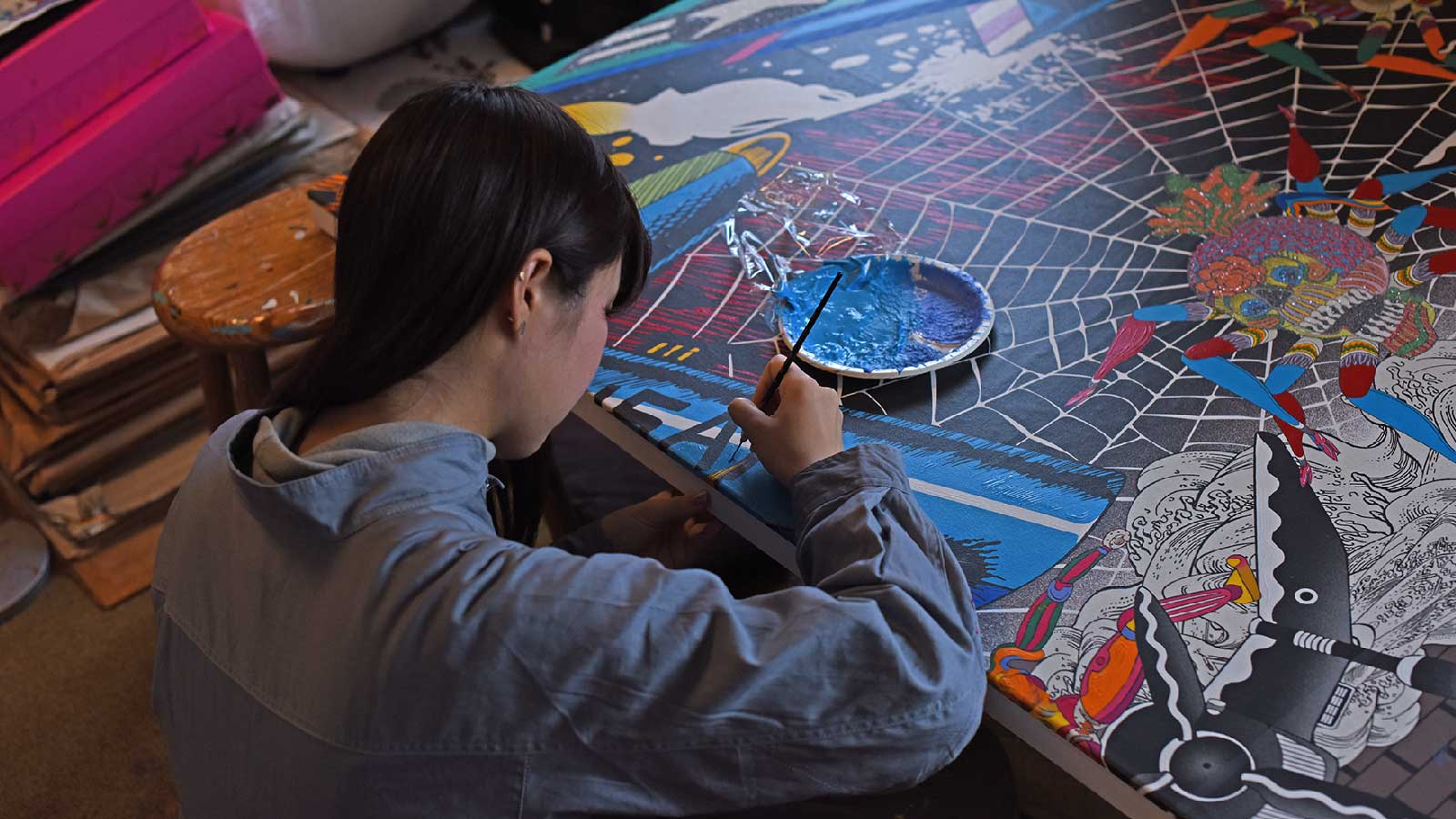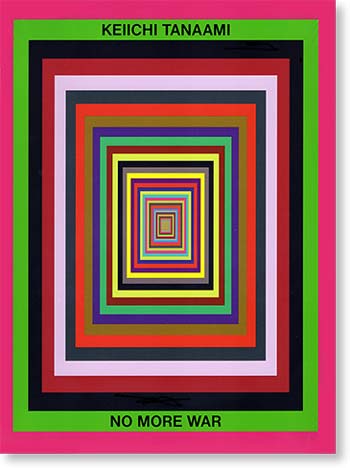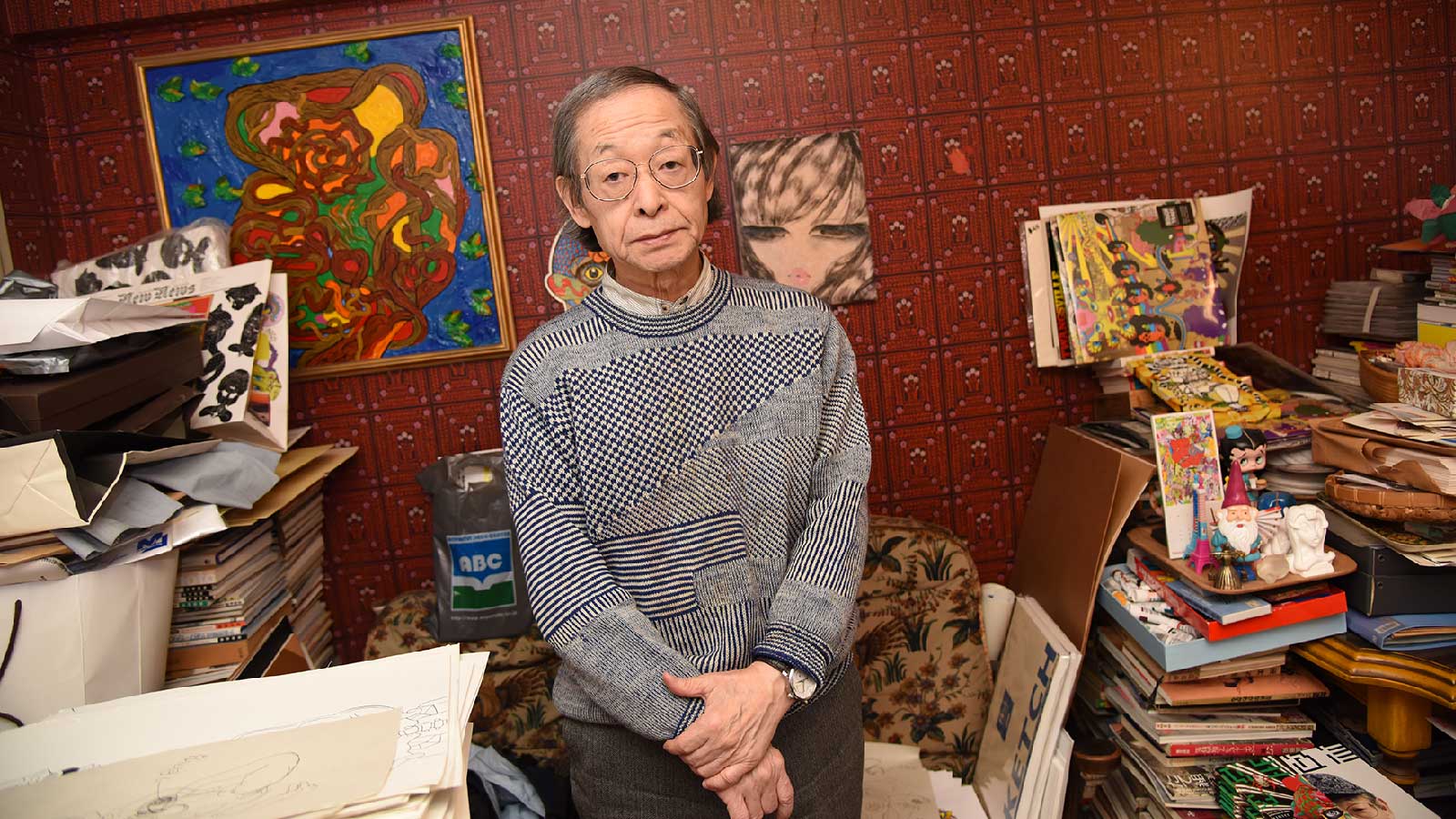Prolific is a word that hardly does justice to Keiichi Tanaami. Born in Tokyo in 1936, Tanaami has worked ceaselessly, imparting a lasting legacy on the landscape of Japanese pop art. He has been described as “Japan’s Andy Warhol,” but unlike Warhol, his works are consistently psychedelic; full of psychosexual undertones and hypercolorful memento mori that hint at a Freudian death drive.
The development of Tanaami's personal brand of psychedelia can be traced back to two formative periods in his life: witnessing the firebombing of Tokyo during World War II and a four-month period in hospital recovering from pleurisy in 1981, marked by nightly hallucinations.
“My experience of the war was something that happened when I was quite small,” Tanaami says, speaking from his Tokyo studio.
“I was at an age when I had no idea how things would progress; rather, I understood that times were tough just from the look on my parents’ faces. But certainly, my recent works draw on a recollection of those years. It’s not something that deliberately influenced my work for much of my adulthood, but lately it’s become a theme.”
As I sit in his studio, I am surrounded by a defiantly unarchivable mass of artworks both new and old, in every shape, size and medium: neon serigraph prints and architectural tatebanko (paper dioramas) behind me; record sleeves for Welsh rock group Super Furry Animals and illustrations for Christian Dior’s latest “Esprit Dior” collection, all nestled away by Tanaami’s work desk; and stack upon stack of books. The sheer number and variety of his works is overwhelming.
The same could also be said for his bibliography: Tanaami’s work has been published (often self-published) as a sprawling collection of books, magazines and a self-styled newspaper entitled “The Tanaami Times.” The mid-’70s even saw Tanaami undergo a stint as art director for the Japanese edition of “Monthly Playboy.”
“Editing and making books is something that I’ve enjoyed from long ago,” he explains. “It led to me wanting to put out my own publications — not out of a desire to publish my paintings and art, but because I like the editorial process and the book format in itself.”
With such a rich history of publications to draw from, I asked Tanaami to pick and comment on five of the most important of his works still in print. His choices span the length and breadth of a diverse artistic career, with illustrations, sculptures and animated shorts all represented.
